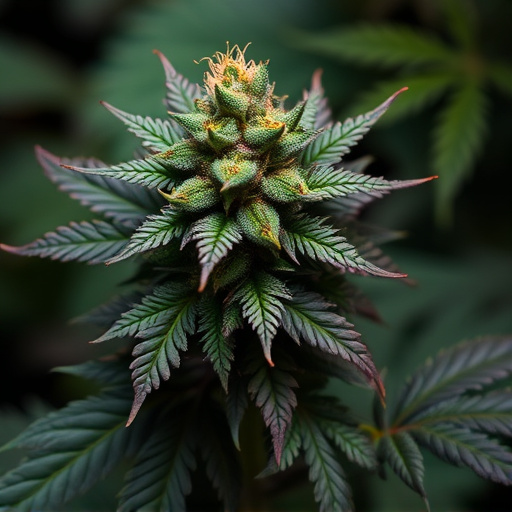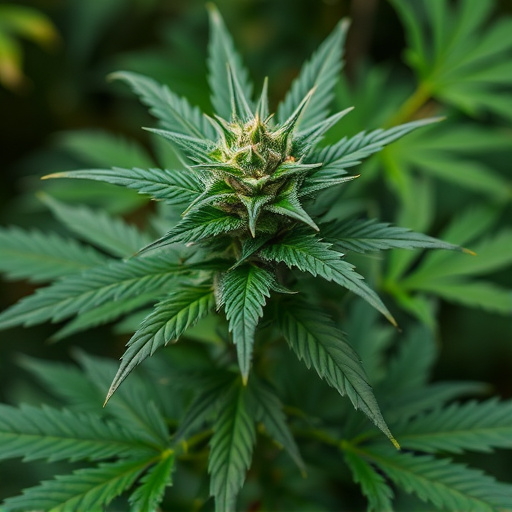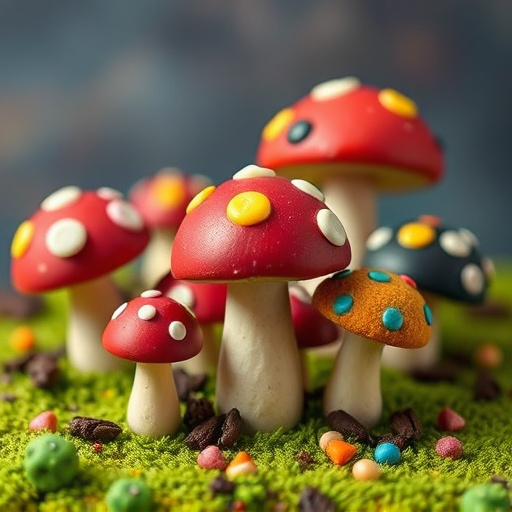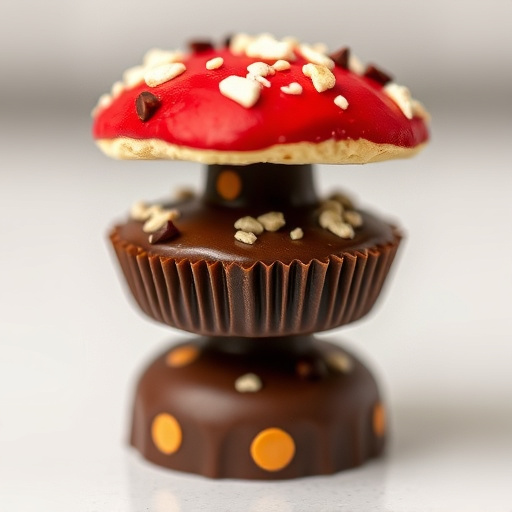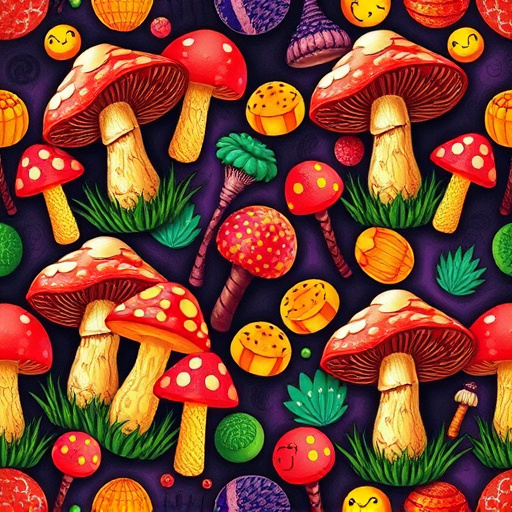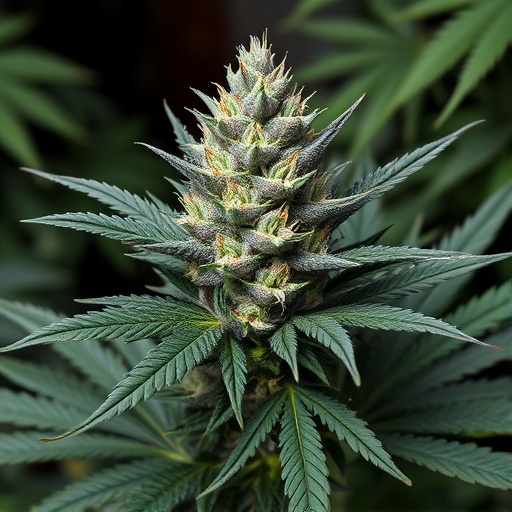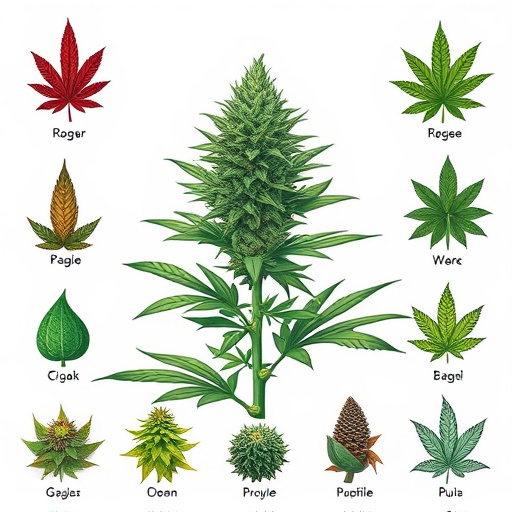Classic cannabis strains like Northern Lights and Girl Scout Cookies maintain their potent profiles due to unique genetic traits developed over generations. Cultivators can optimize these inherent qualities by providing ideal growing environments, enhancing cannabinoid production in flowers. Adequate light (using high-intensity discharge lamps), optimal temperatures (75-85°F during the day, 65-75°F at night), and moderate humidity (40-60%) are crucial for robust growth, dense bud development, and enhanced terpene production—all contributing to higher potency. These classic strains are sought after for their distinctive effects, with Indica varieties offering calming relaxation and Sativa strains providing energy and focus. Hybrid combinations offer balanced effects catering to diverse user preferences.
Looking to maximize your cannabis flowers’ potency? This guide unravels the secrets, from understanding genetic influences and environmental factors to exploring renowned classic cannabis strains known for their high-potency profiles. We’ll delve into optimizing growth conditions, offering practical tips to help you cultivate plants with enhanced cannabinoid concentrations. Discover how to harness nature’s power and unlock the full potential of your favorite classic cannabis strains.
- Understanding Cannabis Potency: The Role of Genetics and Environment
- Classic Cannabis Strains and Their Unique Potency Characteristics
- Optimizing Growth Conditions for Higher Potency Flowers
Understanding Cannabis Potency: The Role of Genetics and Environment
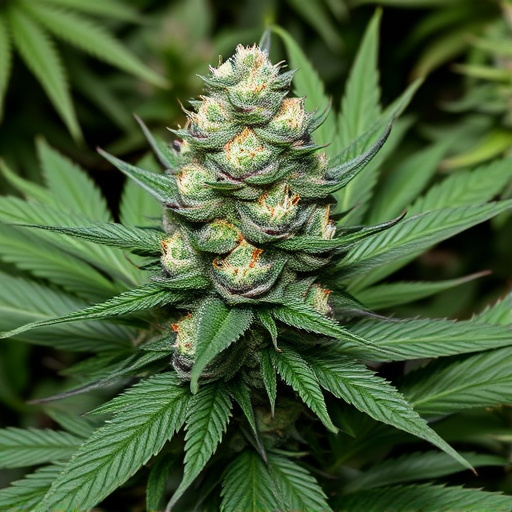
Cannabis potency, or the strength of its psychoactive effects, is a complex interplay between genetics and environmental factors. Each classic cannabis strain possesses a unique genetic makeup that dictates its inherent potential for high THC or CBD levels. For instance, renowned strains like Northern Lights or Girl Scout Cookies are celebrated for their potent profiles, which are largely attributed to specific genetic traits passed down through generations of breeding.
However, the environment in which cannabis plants grow plays an equally significant role. Factors such as light intensity, temperature, humidity, and nutrient levels can influence the plant’s ability to accumulate cannabinoids. Optimal growing conditions can enhance the expression of a strain’s genetic potential, resulting in flowers with higher potency. Understanding this dynamic relationship between genetics and environment is crucial for cultivators aiming to produce top-tier cannabis products.
Classic Cannabis Strains and Their Unique Potency Characteristics

Cannabis enthusiasts often seek out specific classic cannabis strains renowned for their distinct potency characteristics. These strains have been cultivated and cherished for generations, offering a unique experience for users. For instance, Indica strains are celebrated for their calming and relaxing effects, making them popular choices for evening use as they induce a sense of tranquility and can aid in sleep. On the other hand, Sativa varieties are known for boosting energy levels and enhancing focus, ideal for daytime activities or creative pursuits.
Some classic cannabis strains also feature hybrid combinations that marry the desirable traits of both Indica and Sativa. These hybrids often provide balanced effects, combining the relaxing properties of Indica with the energizing aspects of Sativa. This blend allows users to enjoy a more versatile high, catering to diverse preferences and needs. The unique potency profiles of these classic strains make them sought-after among cannabis aficionados, each offering a distinct journey into the world of enhanced consciousness.
Optimizing Growth Conditions for Higher Potency Flowers
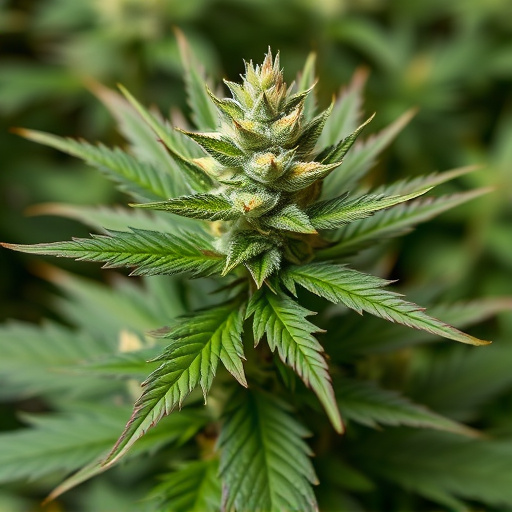
Optimizing growth conditions is key to cultivating potent cannabis flowers, whether you’re working with classic cannabis strains or any other variety. First and foremost, ensure your plants receive adequate light. Cannabis thrives under bright, direct sunlight, so indoor growers should invest in high-intensity discharge (HID) lamps that mimic natural outdoor light. Aim for 16-24 hours of light per day during the vegetative phase, then reduce to 10-12 hours as flowering begins.
Temperature and humidity also play significant roles. Cannabis plants prefer warm days (around 75-85°F) and cool nights (65-75°F), with moderate humidity levels between 40-60%. Maintaining these optimal conditions encourages robust growth, dense bud development, and enhanced terpene production, all of which contribute to higher potency.
Increasing cannabis flower potency involves a deep understanding of both genetic predispositions and environmental factors. By exploring classic cannabis strains known for their high THC or CBD levels, cultivators can gain insights into natural variations that enhance potency. Optimizing growth conditions, such as light cycles, temperature, and nutrient management, further enhances the potential for more potent flowers. Combining these strategies allows growers to cultivate cannabis with elevated potency, catering to a diverse range of consumer preferences in today’s market.
